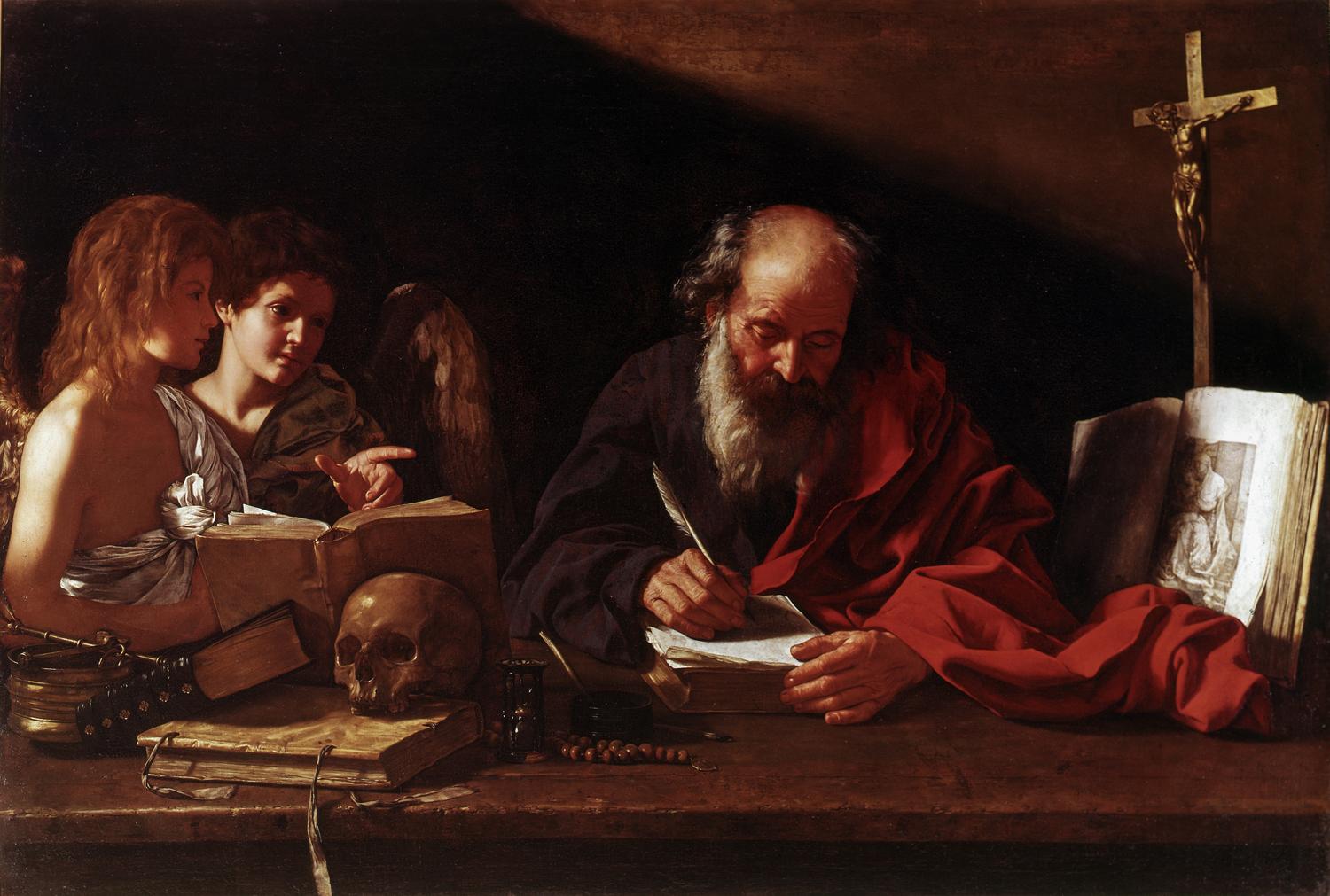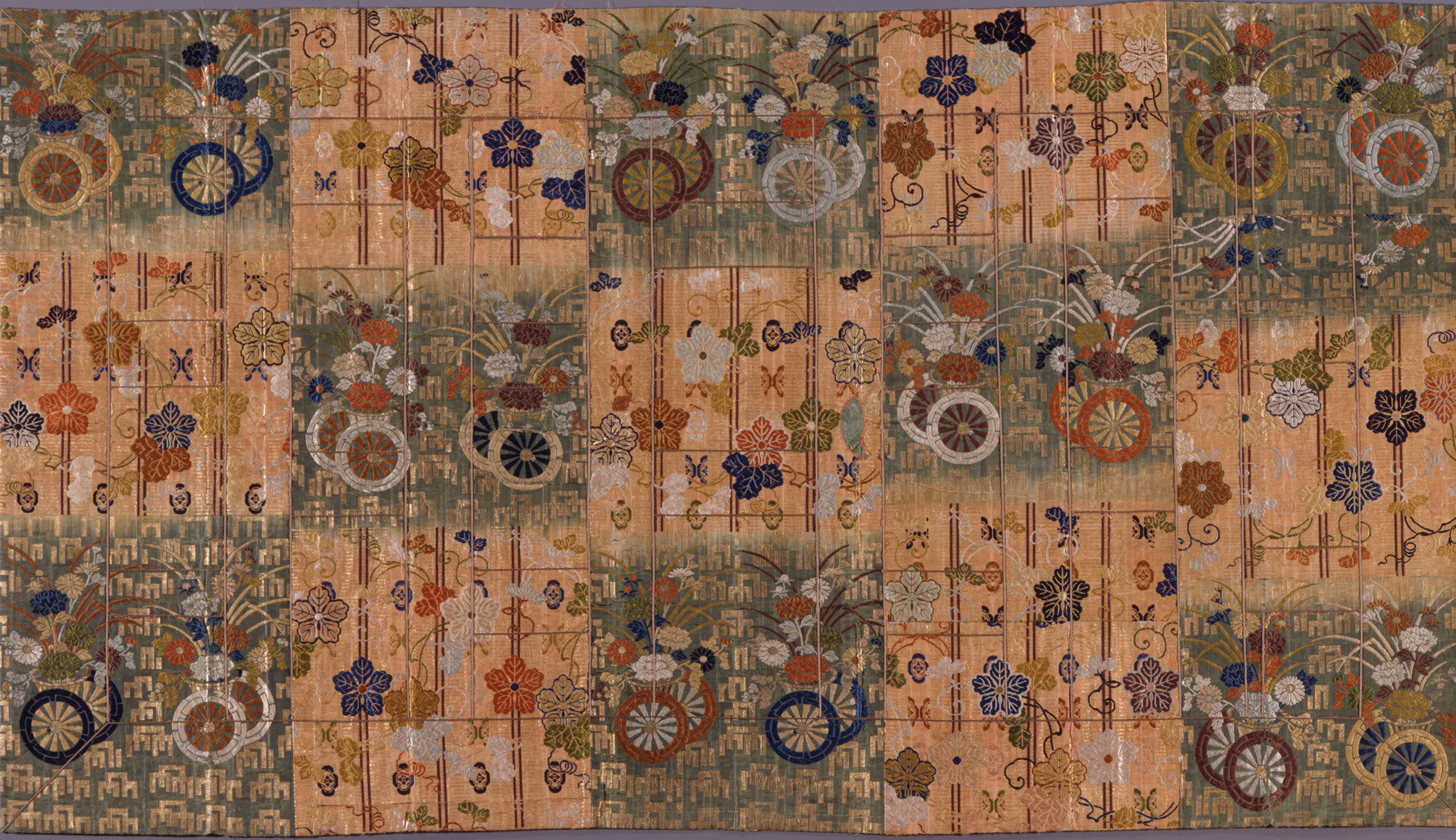|
The Letter For The King
''The Letter for the King'' (, ) is a children's historical novel by the Dutch writer Tonke Dragt, first published in 1962. Subsequently, '' The Secrets of the Wild Wood'' (), was published in 1965, and a collection of follow-up short stories, ''The Dangerous Window and other stories'' (), in 1979. ''De brief voor de koning'' was chosen as the best Dutch youth book of the latter half of the 20th century. The book has been translated in Danish, English, German, Russian, Greek, Estonian, French, Indonesian, Italian, Japanese, Norwegian, Polish, Portuguese, Czech, Swedish, Spanish and Catalan. Background Tonke Dragt took an interest in the Middle Ages from a young age and was especially involved in reading classic English chivalric romances. In the late 1950s and early 1960s, Dragt worked in a secondary school as a drawing teacher. To keep the students' attention, she told short stories and usually stopped telling at a cliffhanger, after which the pupils were allowed to draw accomp ... [...More Info...] [...Related Items...] OR: [Wikipedia] [Google] [Baidu] |
Tonke Dragt
Antonia "Tonke" Johanna Dragt (; 12 November 1930 – 12 July 2024) was a Dutch writer and illustrator of children's literature. Her book ''De brief voor de koning'' was chosen by Collectieve Propaganda van het Nederlandse Boek, CPNB as the best Dutch youth book of the latter half of the twentieth century. Biography Childhood in Batavia Antonia Johanna Dragt, better known as Tonke Dragt, was born in 1930 in Batavia on the Dutch East Indies (now Jakarta in Indonesia) as the eldest daughter of a Dutch insurance agent based in Batavia. Dragt was initially called "Tonneke" (Dutch for 'tubby'), a name she disliked "because I was tall and thin". She attended the State Elementary School Menteng 01, Nassau School. Her family environment was creative: her father and one of her sisters were also interested in writing and the Dragt family had their own 'house library'. The inspiration for several of her early novels such as ''De brief voor de koning'' en ''Geheimen van het Wilde Woud'' were ... [...More Info...] [...Related Items...] OR: [Wikipedia] [Google] [Baidu] |
Hermit
A hermit, also known as an eremite (adjectival form: hermitic or eremitic) or solitary, is a person who lives in seclusion. Eremitism plays a role in a variety of religions. Description In Christianity, the term was originally applied to a Christian who lives the eremitic life out of a religious conviction, namely the Catholic spirituality#Desert spirituality, Desert Theology of the Old Testament (i.e., the 40 years wandering in the Zin Desert, desert that was meant to bring about a change of heart). In the Christian tradition the eremitic life is an early form of Monk, monastic living that preceded the monastic life in the cenobium. In chapter 1, the Rule of St Benedict lists hermits among four kinds of monks. In the Roman Catholic Church, in addition to hermits who are members of religious institutes, the Canon law (Catholic Church), Canon law (canon 603) recognizes also Consecrated life#Other forms of consecrated life, diocesan hermits under the direction of their diocesan b ... [...More Info...] [...Related Items...] OR: [Wikipedia] [Google] [Baidu] |
Algemeen Handelsblad
''Algemeen Handelsblad'' was a Dutch daily newspaper founded in 1828 by stockbroker . Originally liberal, economically focused, and Amsterdam-based, the paper merged in 1970 with the ''Nieuwe Rotterdamse Courant'' to form ''NRC Handelsblad''. History Founding Van den Biesen joined the trading house J.C. Wächter in 1822. In 1825, the firm began publishing a bi-weekly trade circular called ''Waarenberichten''. After the firm was liquidated in 1827, Van den Biesen continued the publication as the ''Algemeen Handelsblad'', which first appeared on 5 January 1828. From 1830 onwards, it became the first daily Dutch-language newspaper and began to take on a political tone in response to constitutional developments.''Het begint met wonen: Ymere - wonen, leven, groeien'', THOTH Publishers, Bussum, Amsterdam 2008, p. 265 Growing influence The paper was initially aimed at merchants and bankers, focusing on business reports, stock listings, and exchange rates. Unlike other newspaper ... [...More Info...] [...Related Items...] OR: [Wikipedia] [Google] [Baidu] |
Sinterklaas
Sinterklaas () or Sint-Nicolaas () is a legendary figure based on Saint Nicholas, patron saint of children. Other Dutch names for the figure include ''De Sint'' ("The Saint"), ''De Goede Sint'' ("The Good Saint") and ''De Goedheiligman'' (derived from ''goed hylickman'' meaning "good marriage man", alluding to his historical reputation as a Saint who can help you find a good life partner). Many descendants and cognates of "Sinterklaas" or "Saint Nicholas" in other languages are also used in the Low Countries, nearby regions, and former Dutch colonies. The feast of Sinterklaas celebrates the Saint Nicholas Day, name day of Saint Nicholas on 6 December. The Sinterklaas feast is celebrated annually with the giving of gifts on St. Nicholas' Eve (5 December) in the Netherlands and on the morning of Saint Nicholas Day (6 December) in Belgium, Luxembourg, western Germany, and northern France (French Flanders, Lorraine, Alsace and Artois). The tradition is also celebrated in some territ ... [...More Info...] [...Related Items...] OR: [Wikipedia] [Google] [Baidu] |
Het Parool
''Het Parool'' () is an Amsterdam-based daily newspaper. It was first published on 10 February 1941 as a resistance paper during the German occupation of the Netherlands (1940–1945). In English, its name means ''The Password'' or ''The Motto''. History Second World War The paper was preceded by a stenciled newsletter which was started in May 1940 by Frans Goedhart. In late 1940, Wim van Norden joined the group of producers of the newsletter; Van Norden would later serve as director of the newspaper between 1945 and 1979. Jaap Nunes Vaz also became involved with the newspaper. In 1944, the paper, albeit illegal and vigorously persecuted, reached a circulation of approximately 100,000, and it was distributed by the Dutch resistance. Other important contributors were Simon Carmiggelt and Max Nord, who lived with Van Norden and their families on the Reguliersgracht, in the headquarters of the paper, which was never discovered by the German occupiers. Numerous staff were ... [...More Info...] [...Related Items...] OR: [Wikipedia] [Google] [Baidu] |
Trouw
''Trouw'' (; ) is a Dutch daily newspaper appearing in compact size. It was founded in 1943 as an orthodox Protestant underground newspaper during World War II. Since 2009, it has been owned by DPG Media (known as De Persgroep until 2019). ''Trouw'' received the European Newspaper Award in 2012. Cees van der Laan is the current editor-in-chief. History ''Trouw'' is a Dutch word meaning "fidelity", "loyalty", or "allegiance", and is cognate with the English adjective "true". The name was chosen to reflect allegiance and loyalty to God and country in spite of the German occupation of the Netherlands. ''Trouw'' was started during World War II by members of the Dutch Protestant resistance against the German occupation. Hundreds of people involved in the production and distribution of the newspaper were arrested and killed during the war. The newspaper was published irregularly during the war due to lack of paper. In 1944 the German forces tried to stop publication by roundi ... [...More Info...] [...Related Items...] OR: [Wikipedia] [Google] [Baidu] |
Religious Habit
A religious habit is a distinctive set of clothing worn by members of a religious order. Traditionally, some plain garb recognizable as a religious habit has also been worn by those leading the religious Hermit, eremitic and Anchorite, anchoritic life, although in their case without conformity to a particular uniform style. Uniformity and distinctiveness by order often evolved and changed over time. Interpretation of terms for clothes in religious rules could change over centuries. Furthermore, every time new communities gained importance in a cultural area the need for visual separation increased for new as well as old communities. Thus, modern habits are rooted in historic forms, but do not necessarily resemble them in cut, color, material, detail or use. In Christian monasticism, Christian monastic orders of the Catholic church, Catholic, Lutheranism, Lutheran and Anglicanism, Anglican Churches, the habit often consists of a tunic covered by a scapular and cowl, with a hood ... [...More Info...] [...Related Items...] OR: [Wikipedia] [Google] [Baidu] |
Chess
Chess is a board game for two players. It is an abstract strategy game that involves Perfect information, no hidden information and no elements of game of chance, chance. It is played on a square chessboard, board consisting of 64 squares arranged in an 8×8 grid. The players, referred to as White and Black in chess, "White" and "Black", each control sixteen Chess piece, pieces: one king (chess), king, one queen (chess), queen, two rook (chess), rooks, two bishop (chess), bishops, two knight (chess), knights, and eight pawn (chess), pawns, with each type of piece having a different pattern of movement. An enemy piece may be captured (removed from the board) by moving one's own piece onto the square it occupies. The object of the game is to "checkmate" (threaten with inescapable capture) the enemy king. There are also several ways a game can end in a draw (chess), draw. The recorded history of chess goes back to at least the emergence of chaturanga—also thought to be an ancesto ... [...More Info...] [...Related Items...] OR: [Wikipedia] [Google] [Baidu] |
File (tool)
A file is a tool used to remove fine amounts of material from a workpiece. It is common in woodworking, metalworking, and other similar trade and hobby tasks. Most are hand tools, made of a case hardened steel bar of rectangular, square, triangular, or round cross-section, with one or more surfaces cut with sharp, generally parallel Tine (structural), teeth. A narrow, pointed Tang (tools), tang is common at one end, to which a handle may be fitted.. A rasp is a form of file with distinct, individually cut teeth used for coarsely removing large amounts of material. Files have also been developed with abrasive surfaces, such as natural or synthetic diamond tool, diamond grains or silicon carbide, allowing removal of material that would dull or resist steel files, such as ceramic. History Early filing or rasping has prehistoric roots and grew naturally out of the blending of the twin inspirations of cutting with stone cutting tools (such as hand axes) and abrasive, abrading u ... [...More Info...] [...Related Items...] OR: [Wikipedia] [Google] [Baidu] |
Green Man (folklore)
The Green Man is a term with a variety of connotations in folklore and related fields. During the early modern period in England, and sometimes elsewhere, the figure of a man dressed in a foliage costume, and usually carrying a club, was a variant of the broader European motif of the Wild Man (also known as wild man of the woods, or woodwose). By at least the 16th century the term "green man" was used in England for a man who was covered in leaves, foliage including moss as part of a pageant, parade or ritual, who often was the whiffler (a person who clears a path or space through the crowd for a parade or performance). From the 17th century such figures were used for the names of Pub, pubs, and painted on their signs. In 1939, FitzRoy_Somerset,_4th_Baron_Raglan#Lady_Raglan, Julia Somerset, Lady Raglan, wrote an article in the journal ''Folklore (journal), Folklore'' that connected the foliate head artistic motif of medieval church architecture (which she also called the "Gree ... [...More Info...] [...Related Items...] OR: [Wikipedia] [Google] [Baidu] |
Town Drunk
The town drunk (also called a tavern fool) is a stock character in Anglo-Saxon culture, almost always male, who is drunk more often than exhibiting sobriety. The town drunk is frequently depicted in a humorous light, often portrayed as a harmless and lovable character whose social failings stem from their excessive consumption of alcohol. However, some portrayals can be more nuanced, exploring the social and personal costs associated with alcoholism. Uses in fiction In fiction, the town drunk character serves a number of functions. The town drunk may serve merely as a moral example and object lesson on the evils of drunkenness. This approach to the character is associated with the temperance movement, and peaked at the start of the twentieth century. The Prohibition film '' Ten Nights in a Barroom'' portrays the inevitable fall into destitute drunkenness of a person who dared to take that "'' Fatal Glass of Beer''", the title of another period drama working this vein. A town dru ... [...More Info...] [...Related Items...] OR: [Wikipedia] [Google] [Baidu] |







